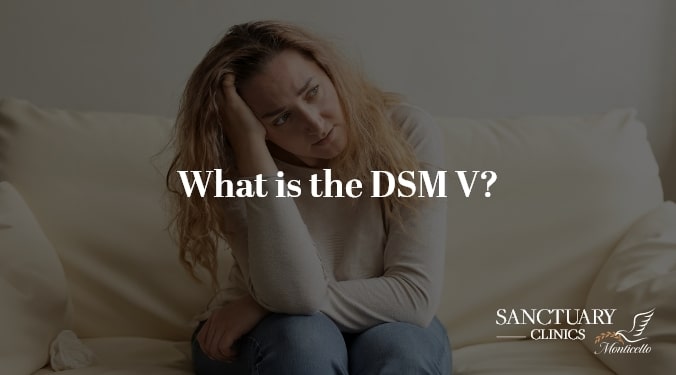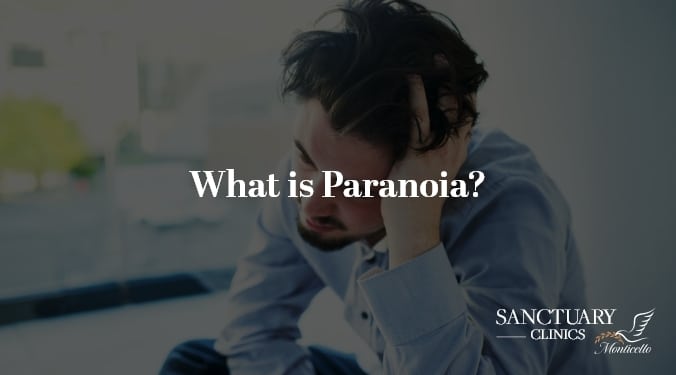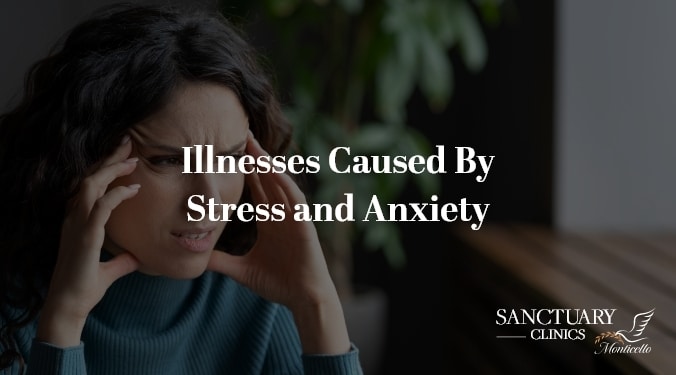The Diagnostic and Statistical Manual of Mental Disorders, Fifth Edition, also known as DSM-V or DSM 5, is a classification system used to diagnose and categorize mental health disorders. It was developed by the American Psychiatric Association (APA) and published in 2013. The DSM-V is widely used by mental health professionals, researchers, insurance companies, and other organizations to diagnose and treat mental health conditions.
How is the DSM-V used?
Diagnosing a mental health disorder requires a thorough evaluation by a trained mental health professional. This evaluation may include a clinical interview, psychological testing, and observation of behavior. The DSM-V criteria provide a framework for this evaluation and help mental health professionals make accurate diagnoses.
DSM-V codes
The DSM-V is organized into 20 categories, or chapters, which cover a wide range of mental health disorders. These categories include neurodevelopmental disorders, schizophrenia spectrum and other psychotic disorders, bipolar and related disorders, depressive disorders, anxiety disorders, obsessive-compulsive and related disorders, trauma- and stressor-related disorders, dissociative disorders, somatic symptom and related disorders, feeding and eating disorders, elimination disorders, sleep-wake disorders, sexual dysfunctions, gender dysphoria, disruptive, impulse-control, and conduct disorders, substance-related and addictive disorders, neurocognitive disorders, personality disorders, paraphilic disorders, and other mental disorders.
Each category contains specific disorders, which are identified by a unique code. These codes are used to communicate diagnostic information between mental health professionals and insurance companies. For example, Major Depressive Disorder (MDD) is classified as F32 in the DSM-V.
Get Help Today.
We are here to help you through every aspect of recovery.
Let us call you to learn more about our treatment options.
We are here to help you through every aspect of recovery. Let us call you to learn more about our treatment options.
DSM-V criteria
The DSM-V criteria are used to diagnose mental health disorders. Each disorder has a set of criteria which must be met for a diagnosis to be made. These criteria are based on the symptoms and behaviors associated with each disorder. For example, the criteria for Major Depressive Disorder include feelings of sadness or emptiness, loss of interest or pleasure in activities, fatigue, difficulty concentrating, and thoughts of suicide.
DSM-V diagnosis
To receive a DSM-V diagnosis, you need to undergo an evaluation by a licensed mental health professional. In addition to what is listed above, the mental health professional will ask questions about your thoughts, feelings, and behaviors to gather information about your symptoms and history.
During the evaluation, the mental health professional will also likely use additional tools such as psychological tests or assessments to gather more information and assess your mental health status. They will then use the criteria outlined in the DSM-V to identify the specific diagnosis that best fits your symptoms and behaviors.
It is important to note that receiving a DSM-V diagnosis is not a quick or simple process, and it often requires multiple visits to a mental health professional. The diagnosis process may also include gathering information from family members or other healthcare professionals who may have relevant information about your mental health history.
It is also important to understand a DSM-V diagnosis is not the be-all, end-all mental health treatment. The diagnosis is just the first step in the process of developing a treatment plan which is tailored to your specific needs. Treatment plans may include medication, therapy, lifestyle changes, or a combination of these options.
Overall, getting a DSM-V diagnosis involves seeking help from a licensed mental health professional, being honest about your symptoms and experiences, and participating in a comprehensive evaluation process. Remember a diagnosis is just one aspect of mental health treatment and seeking treatment and support can help you manage your symptoms and improve your overall mental health and wellbeing.
DSM-V FAQs
When did DSM-V come out?
The DSM-V was released in 2013, replacing the previous version, the DSM-IV-TR, which was published in 2000. The DSM-V reflects advances in our understanding of mental health disorders and updates the criteria for existing disorders and adds new disorders.
What does the DSM-V classify?
The DSM-V classifies mental health disorders based on their symptoms and behaviors. It does not provide a definitive explanation of the causes of these disorders or suggest specific treatments. However, the DSM-V does provide a common language for mental health professionals, researchers, and other stakeholders to communicate about mental health disorders.
What disorders are in the DSM-V?
The DSM-V includes many disorders, some of which are well-known, such as depression, anxiety, and schizophrenia. Other disorders, such as gender dysphoria and binge eating disorder, are newer additions to the DSM-V. The DSM-V also includes diagnostic criteria for disorders which were previously classified as subtypes of other disorders, such as autism spectrum disorder and Attention-Deficit/Hyperactivity Disorder.
Are DSM V and DSM-5 the same thing?
DSM-V and DSM 5 are the same thing. The DSM-V is the fifth edition of the DSM, and the APA has used the two terms interchangeably. The DSM-V represents the latest and most up-to-date version of the DSM, and it is the version currently in use by mental health professionals.
Get Help Today.
We are here to help you through every aspect of recovery.
Let us call you to learn more about our treatment options.
We are here to help you through every aspect of recovery. Let us call you to learn more about our treatment options.









